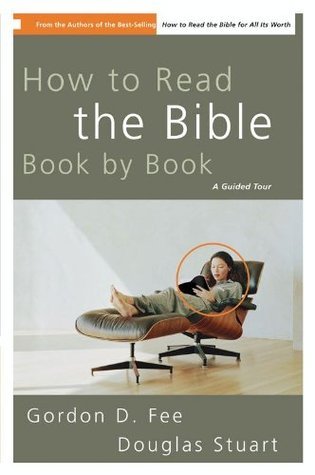What do you think?
Rate this book


444 pages, Paperback
First published March 18, 2001
The concern of this book is to help you read the Bible as a whole, and even when the "whole" is narrowed to "whole books," it is important for you always to be aware of how each book fits into the larger story.